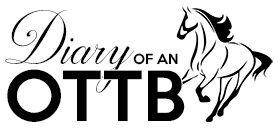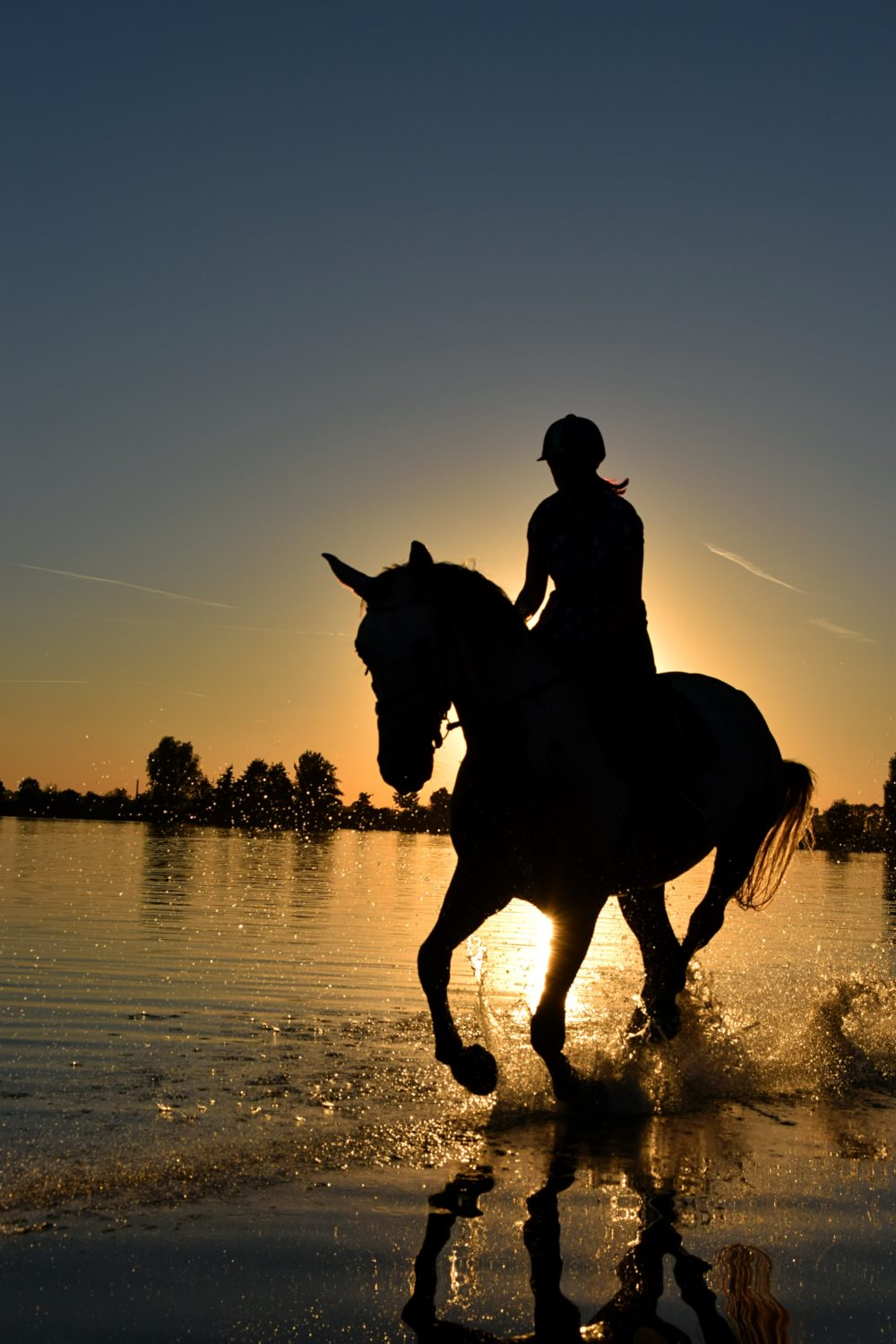As the fiancee of a barn owner in the horse boarding business, I can tell you that I’ve seen my fair share of people’s egos’ get in the way of their progress with their horse. Most often they’re also the ones who blame their horse for the problem and can’t figure out what they’re doing wrong in the process.
I can’t teach kindness. I can teach you how to observe and how to recognize effort… but at the end of the day good decisions rest with your individual judgment.
Let me give you a few examples.
Lunging / Longing (However You Want to Spell It)
Thoroughbreds have a reputation for being very forward, meaning that when they get anxious, excited, etc., they’re likely to want to move their feet and walk (maybe prance) around.
Now let’s take that bit of knowledge and make it work for us, rather than allowing it to work against you.
If you’re working with a forward type of horse, expect that he/she is going to want to move. If you start by lunging, after a little warm up ask for a trot and see what the horse gives you.
Depending on the horse they might respond with a trot… or they might take off into a canter or leap into a buck or rear, or ignore your ask completely.
Take what the horse gives you here and whatever the horse gives you, use it to your advantage.
If your horse trots off nicely, excellent. Get a lap or two and ask for a walk. If your horse takes two steps at a trot and breaks to a canter, let him go until he/she comes down to a trot and then ask for a canter again for a few more beats before giving him or her another ask to trot. Chances are after running around without expecting it, you’ll get your horse to trot.
You have to use the forward to your advantage and continue communicating effectively but also establish boundaries and expectations as in, “I’m asking you to do this… you want to do that? No worries, let’s do that a little longer than you want… Now would you like to do this again?” Rinse and repeat.
Recognize and respond with whatever level of energy your horse is giving you for 5 seconds longer than that horse wants to give it. This is how you establish leadership and positively reinforced communication. That is NOT accomplished by running your horse into the ground. It is established by taking a “No” and turning it into and “OK or Yes”.
Riding & Releasing
The same principles of observation and taking what the horse gives you can be applied to riding as well.
Horses seek release from pressure. That’s how we get them to lunge and lead, by adding pressure from behind or in front and usually with you as the focal point.
Riding is slightly different but also incredibly similar. Pressure is added in the form of your aids — your bit, your reins, your legs. These aids all add pressure when you’re flopping around and yanking on a horse’s face without a care in the world. Your job is to release and reward as quickly and as frequently as possible.
The same recognize and respond with the appropriate level of energy is equally true under saddle as it is on the ground. If you ask for a walk and get a trot, continue asking for a trot for 5 seconds as soon as you feel your mount starting to slow down. The same is true when you ask for a trot and get a canter. Be comfortable asking for a canter as soon as you feel him or her downshifting, get a canter for a few more beats, and ask again for a trot. Chances are when your horse realizes that you’re also asking for forward, he or she will want to slow down on their own.
Take the wrong answer and make it a right one.
Think of it this way — your horse isn’t trying to upset you when they don’t do what you ask. It’s your job to teach them how to speak your language.

